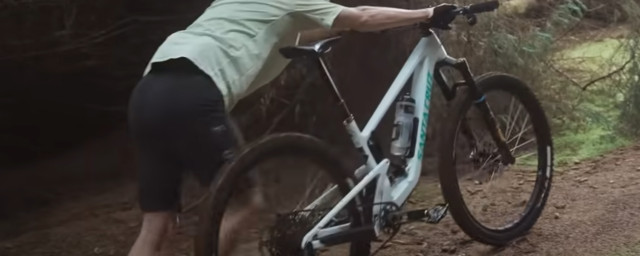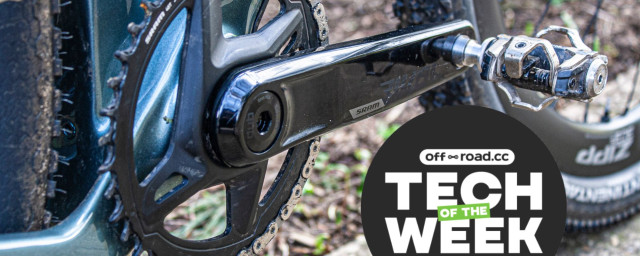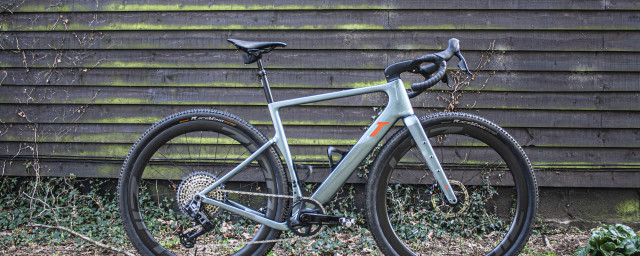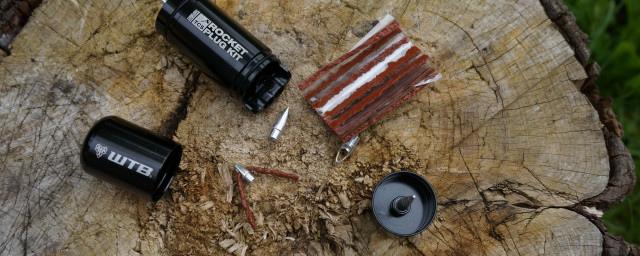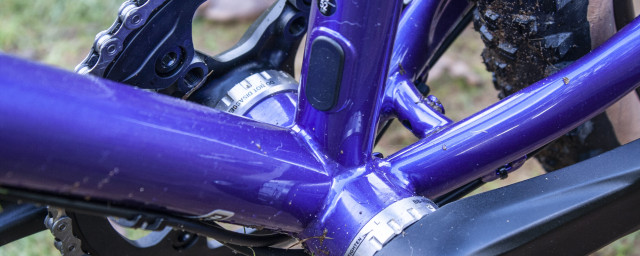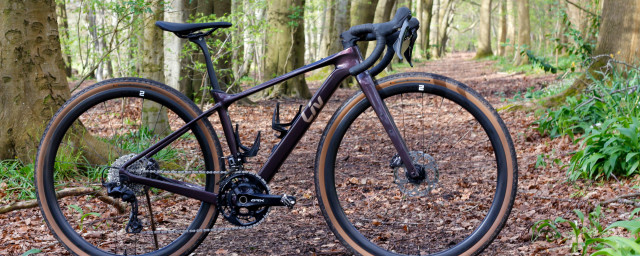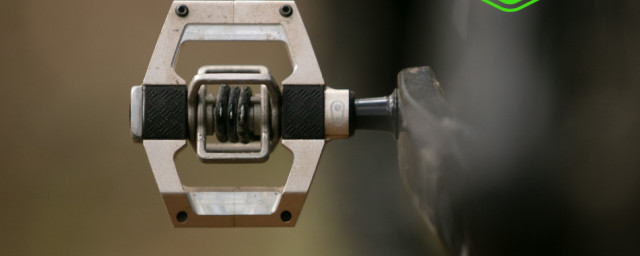Some might say that the hardtail mountain bike is the workhorse of the off-road world. Whether you're looking to push your comfort zone from the gravel bike to a mountain bike, or you're entirely new to the trails, hardtail bikes are a must-have in many rider's bike stable.
- Ribble launches two brand new hardtails for 2021
- How to choose the best dropper post for your mountain bike
- Your complete guide to Shimano mountain bike drivetrains
What is a hardtail mountain bike?
A hardtail mountain bike is exactly that, hard tailed. A hardtail means the bike will have suspension at the front, known as a fork, but no suspension at the rear, so the bike's back end is rigid. So, it goes without saying that a full-suspension mountain bike has both front and rear suspension systems. Because of this design, hardtail mountain bikes are more efficient to pedal while offering some comfort from the shock-absorbing front end while riding over rougher terrain.
Who rides hardtail mountain bikes?
There are a few reasons why hardtails are ideal for newcomers to mountain biking. Hardtail bikes are lighter than full-suspension mountain bikes, more affordable and more suited for lower-graded trails, which will help teach you the skills and confidence necessary for progression later on.
However, hardtail bikes aren't just for beginner mountain bikers. Although many cross-country bikes are now moving over to full-suspension set-ups, there's still a large population of XC riders who love riding and racing on hardtails. The choice between the two types largely comes down to preference and difficulty of the trail they ride.
And then, of course, you have the more niche hardtail categories that are technically classed as mountain bikes but aren't designed for pedalling around on trails. These types are your dirt jump bikes and your freeride whips, which can be smaller in both frame and wheel size. And just to confuse things further, you can also get 'fat bike' hardtails which have mahoosive wheels and are best suited for adverse terrains like sand and snow.
Why choose a hardtail mountain bike?
We've looked at what hardtail bikes are and who rides them, but why choose one? Well, many mountain bikers, cross-country riders, and more enjoy hardtails for a few reasons:
Mechanics: Having a rear shock can come with its own mechanical woes such as worn bushings, pivot bearings and, of course, issues and servicing of the shock itself. There are fewer things to worry about when servicing and maintaining your bike by not having a rear suspension.
Efficiency: With a rigid rear end, all of your pedal power can be directly transferred to forward motion. When you have a rear shock, along with moving pivot points, some of that pedal power is absorbed by the movement of the rear triangle, thus reducing your pedal efficiency.
Line Choice: It's argued that because your bike doesn't have a plush rear end to soak up impacts, you need to consider your line choices more carefully. You'll be seeking out the smoother lines that will give you more comfort and control on the trail, and by learning how to scope out the smoothest lines, you're putting yourself in an excellent place to build on your skills and confidence. After all, smooth is fast!
Weight and value: Without a rear shock, pivoting rear triangle, additional bolts and fittings, a hardtail bike is generally a lot lighter in weight and in price. Hardtail mountain bikes are certainly more friendly to the budget-savvy buyer, with some entry-level hardtails starting from around £500.
What to look for in a hardtail
Riding a bike off-road requires sturdy purpose-built components that can handle the demands of mountain biking. Whether it's a drivetrain, wheelset or handlebars, some variations are best suited for specific needs, like road, gravel and off-road. Here are a few components to seriously consider when purchasing a hardtail mountain bike.
Frame material
There are two primary materials used in the construction of bicycles; aluminium and carbon fibre.
Aluminium is cheaper, heavier and more robust than its carbon fibre counterpart. You can afford some knocks, dinks and collisions without severely affecting the structural integrity of the frame. Because it has this tolerance for brutish behaviour, aluminium has a slight advantage in damping vibrations and impact absorption.
Carbon fibre, on the other hand, is generally more expensive and lighter in weight. Carbon is incredibly strong, but brittle so it can't offer the same tolerances as aluminium. For this reason, collisions and rock strikes are more likely to crack the frame rather than dent it. However, the strength of carbon fibre compensates for the brittleness.
Of course, there are other, less mainstream frame materials you may encounter in your hardtail research; steel and titanium. Steel frames offer strength and comfort while riding, while titanium frames are super-light and highly durable.
Front Suspension
Hardtails have front suspension only, facilitated by a component known as a fork. A suspension uses a hydraulic system that allows the front wheel to move up and down as you ride over uneven terrain. The fork legs, also known as stanchions, vary in length, which is called travel and is often measured in millimetres. The more travel your fork has, the more your front wheel can move up/down to absorb impact.
How much travel you need will depend on the riding you do. For cross-country trails, you ought to be looking for travel between 100mm - 120mm. Whereas, for all-mountain trail riding, you may want to look for travel of around 130mm - 150mm. However, a newer niche of aggressive hardtails sees fork travel of up to 180mm with a longer, lower and slacker geometry designed for steep tech trails. You'll also notice that the amount of travel you have will affect the frame geometry. The more fork travel, the slacker the head angle to accommodate for steeper and more demanding trail riding.
Brakes
Arguably, brakes are one of the most important components to consider when buying a bike. Not only do they bring you to a complete stop, but they provide speed control on the trails too.
Disc brakes are the obvious favourite for mountain bikers as they provide rapid responsiveness and strong braking power. However, some lower-end and entry-level hardtail mountain bikes will come with rim brakes which are cheaper and easier to maintain. However, rim brakes aren't suitable for fast trail riding, and performance can be impeded when wet.
Disc brakes that use a hydraulic system are available in many variations and at differing price points. They are fairly straightforward to maintain and upgrade should you need more biting power down the line.
- Your complete guide to SRAM mountain bike disc brakes
- Your complete guide to Shimano mountain bike disc brakes
Drivetrain
For many modern mountain bikes, you'll find the gearing arrangement in a 1x or 2x drivetrain. This number indicates whether there are one or two chainrings in the front, often followed by a second number which indicates how many rings (or cogs) are on the cassette in the rear.
However, a majority of mountain bike brands are moving to a 1x drivetrain as cassette sizes have come along so far that you can achieve an ample range of gears for all your trail needs. Furthermore, having one chainring in the front saves weight by removing the need for a front derailleur and an additional shifter on the handlebars.
- Your complete guide to SRAM mountain bike drivetrains
- Your complete guide to Shimano mountain bike drivetrains
Wheels
The most common wheel sizes for mountain bikes are 27.5" (a.k.a 650b) and 29". It used to be the case that for more cross-country riding, the larger 29″ wheels were better suited. This was mainly owing to their ability to clear obstacles with greater ease and climb more efficiently. While the 27.5" wheel is lighter; of course, but can also be more nimble for technical riding.
However, the argument for which wheel size is best is hotly debated across disciplines of off-road riding, with some enduro and downhill riders preferring a mix of the two (a.k.a a mullet). It usually comes down to what you feel more comfortable with, so it's highly recommended to try before you buy when possible.
Buying a hardtail
When shopping around for a hardtail mountain bike, there are a few key things to consider, the first of which is setting yourself a budget. Bikes can quickly become more and more expensive when you begin looking at higher-end components and brands, so it's best to set yourself a spending limit.
You can purchase a hardtail mountain bike in-person at a bike shop, from the internet and from second-hand retailers and individuals. Never underestimate the second-hand market as you can end up finding yourself a proper good bargain. Check out our handy second-hand buyer's guide to be aware of the pitfalls.
Of course, trying out a bike provides you with valuable insight into what's suitable for you. Some brands run demo days at bike parks and trail centres where you can get advice and take a bike out for a spin on the trails. Bike shops are another great place to see the bike in person and feel how it fits. Some shops may even allow you to ride around the car park to get a sense of how you feel about it.
So there you have it! Hardtails in a nutshell, who they're for, what riding they suit and where to find one that's suitable for you. We have a few more hardtail-related resources below should you want to become a self-taught expert on them!








